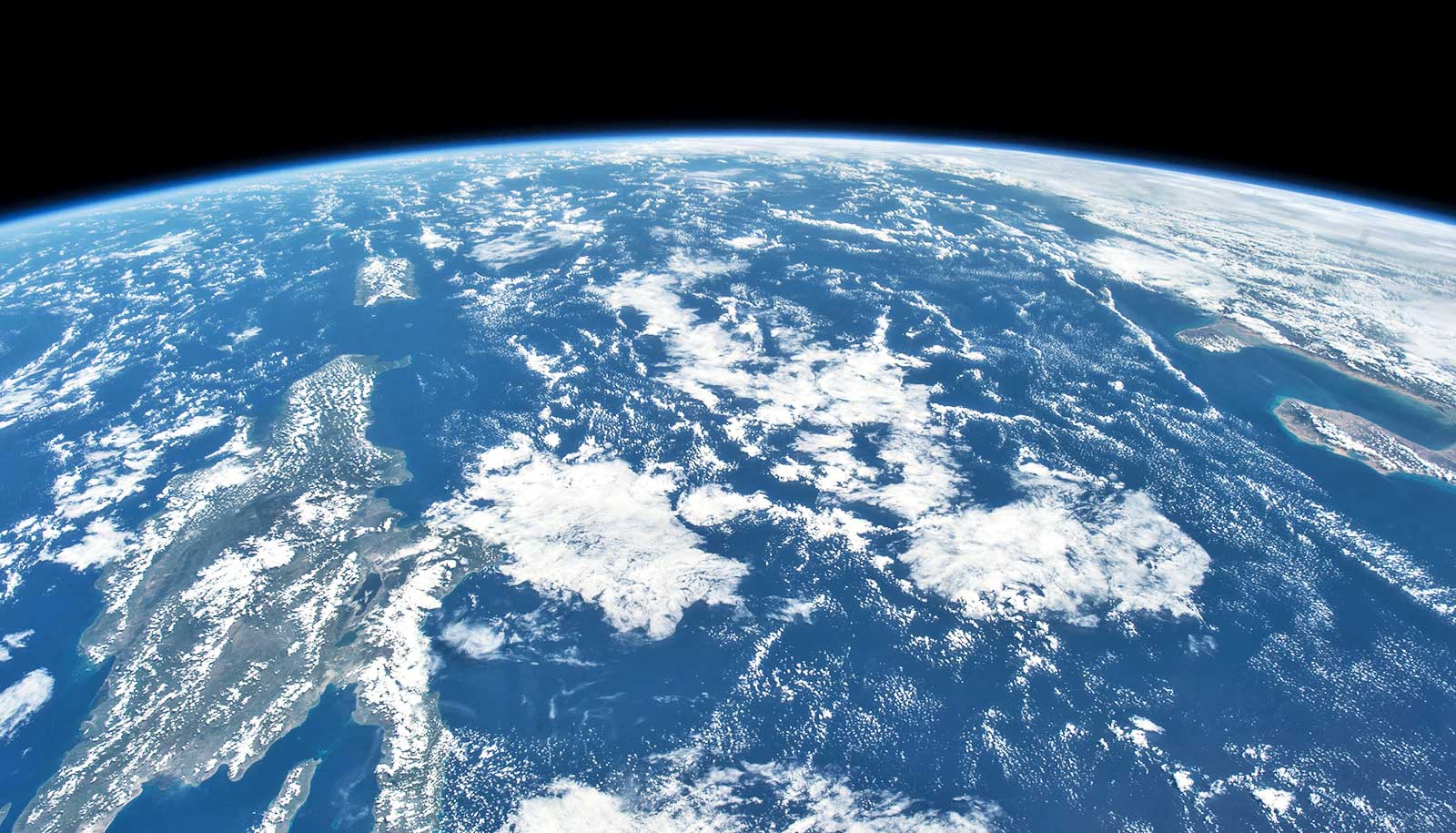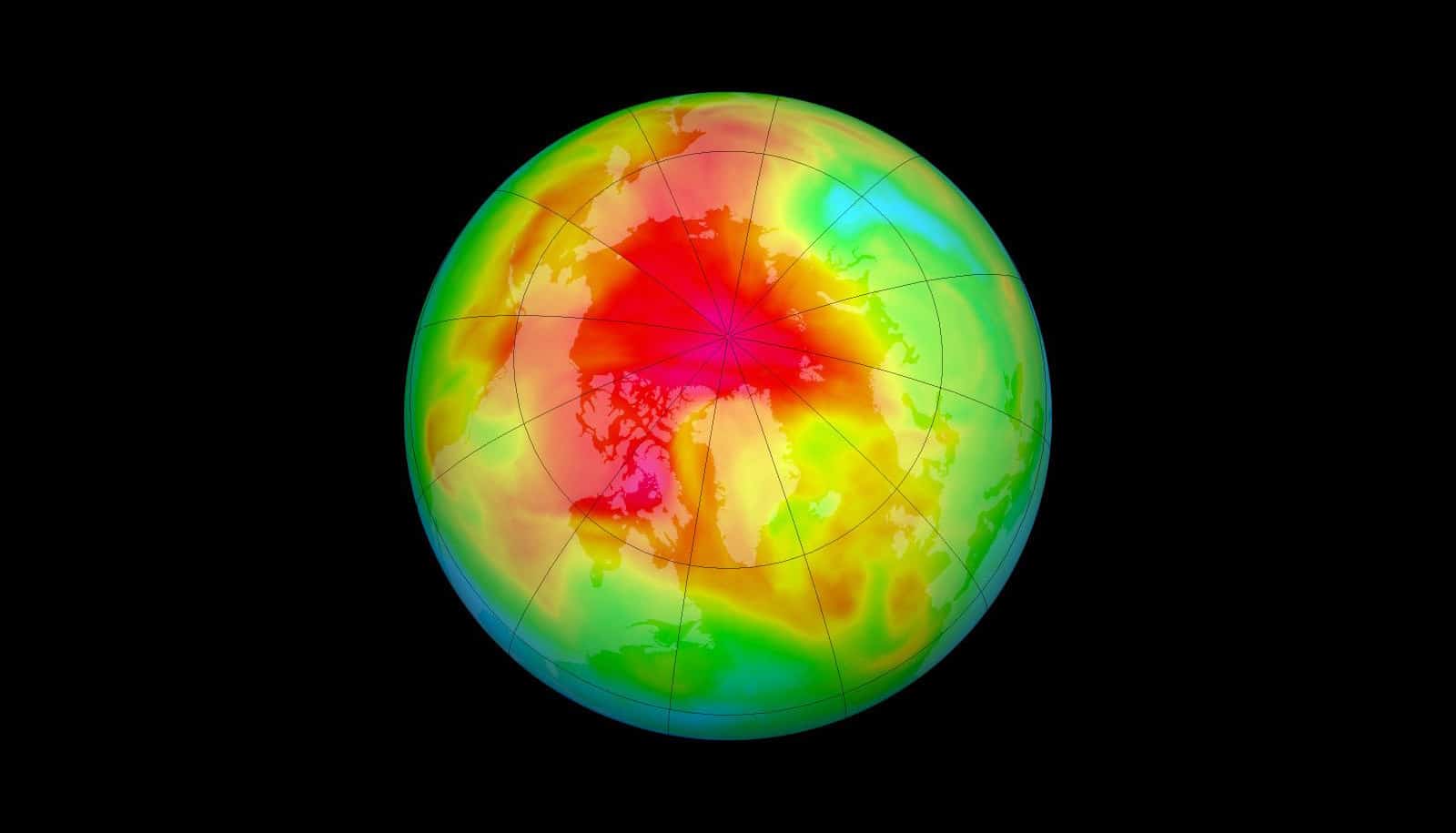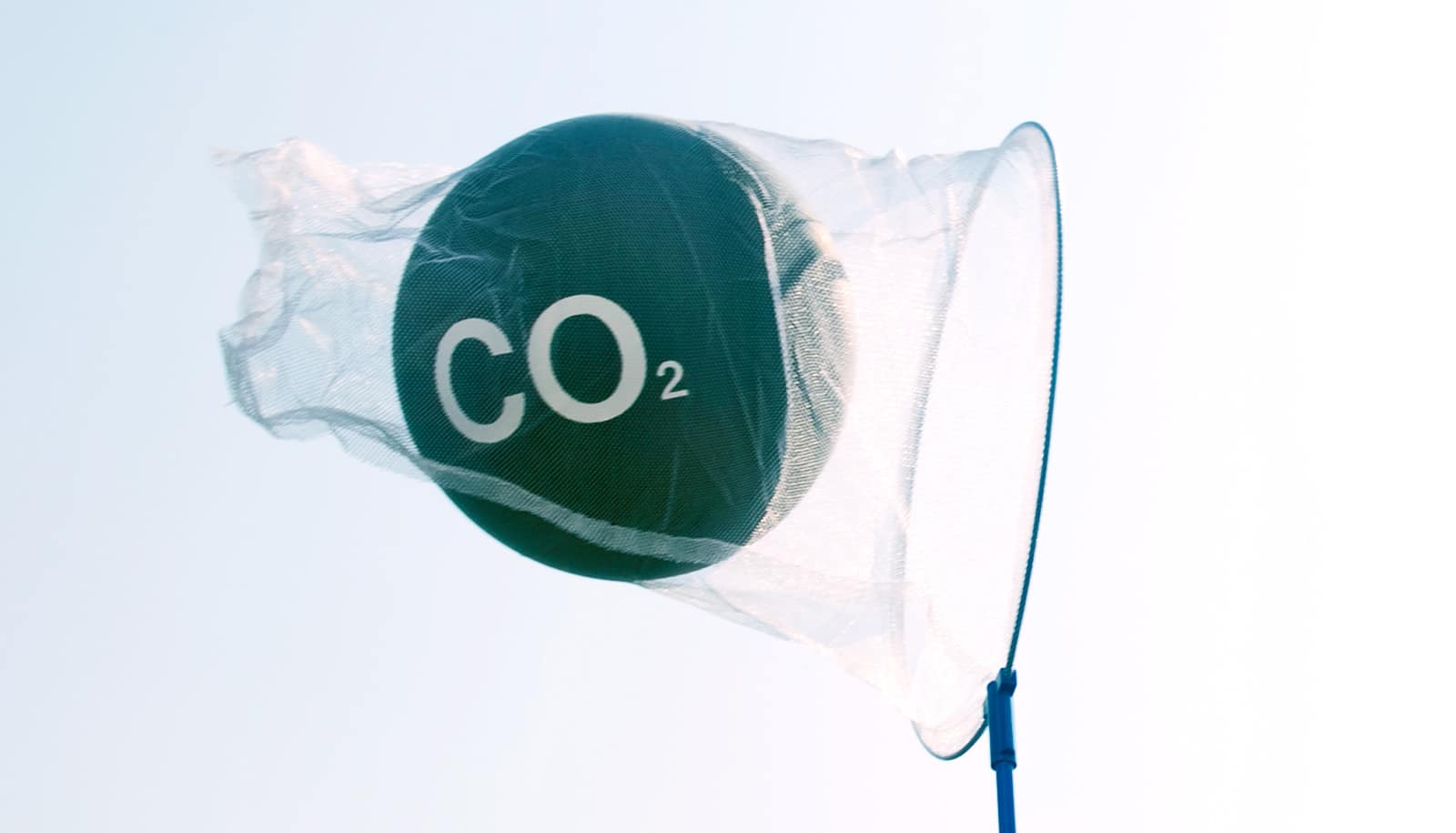The ozone layer is slowly restoring itself and is expected to be on par with 1980 levels by 2066, according to a United Nations assessment of the goals set forth in the Montreal Protocol released this month.
Ozone is a naturally occurring gas comprising three oxygen atoms. The stratospheric ozone layer is essential in protecting humans and the environment from the harmful ultraviolet light from the sun.
“Gases like chlorofluorocarbons, or CFCs, destroy stratospheric ozone and are responsible for the ozone hole over Antarctica,” says Scot Miller, assistant professor in the Johns Hopkins University environmental health and engineering department.
“The report found that emissions of ozone-depleting substances, or ODS, like CFCs have dramatically declined over the past 30 years, which spells good news for the recovery of stratospheric ozone.”
The UN report comes out every four years to assess progress on the Montreal Protocol on Substances that Deplete the Ozone Layer, an agreement among United Nations member nations to reduce the consumption and production of man-made ODS and some hydrofluorocarbons, or HFCs.
Here, Miller, who studies greenhouse gases and air pollutants, offers insight on the implications of this report:
Do the UN findings mean the threat of global warming and its attendant harms are diminishing?
Unfortunately, no.
Many ozone-depleting substances are also greenhouse gases, so a reduction in ODS emissions is beneficial for climate. For example, the UN assessment states that global action to reduce ODS has prevented about 0.5–1 °C in global temperature rise.
However, the overall climate impact (radiative forcing) of ozone-depleting substances is generally much less than that of other greenhouse gases like carbon dioxide or methane.
The climate impact of ODS could have been more severe if countries had not moved so swiftly to curb emissions starting in the 1990s. But we are still contending with a host of greenhouse gases that are heating up the planet.
What is the time frame for the ozone layer to be restored?
Although emissions of ODS have dramatically declined, it will still take many more years for the ozone layer to recover. Globally, the ozone layer is expected to return to average 1980 levels by 2040. The Antarctic ozone hole will persist until 2066 or so.
Many ODS can remain in the stratosphere for a long time after they’re emitted by human activity. In addition, ODS can still be present in old refrigerators, fire extinguishers, and foam insulation. These “banks” of ODS can continue emitting well into the future, even though many of these chemicals have been completely phased out of newer appliances and materials.
Hence, the ozone layer did not immediately recover as these chemicals were banned. Rather, emissions that occurred many years ago are still impacting stratospheric ozone and appliances that were manufactured decades ago are still leaking ODS.
What impact does a depleted ozone layer have on human health and the environment?
The ozone layer blocks harmful ultraviolet rays from reaching Earth’s surface. This harmful radiation can damage skin and lead to skin cancer and cataracts. It can also harm marine life and some crops.
After years of no improvement, do we know why this reversal is happening now?
Steve Montzka, a colleague of mine at National Oceanic and Atmospheric Administration, published a scientific paper in 2018 showing that CFCs were not decreasing in the atmosphere as expected, and the authors hypothesized that this problem was due to illegal emissions from East Asia.
A New York Times investigation later found that these emissions were likely from factories in eastern China making foam insulation. The Chinese government quickly cracked down on these emissions, and the emissions have disappeared. This new UN report finds that these rogue emissions only delayed recovery of the ozone layer by about a year.
How is the ozone layer recovering now that it has been depleted?
Ozone is produced in the stratosphere through natural chemical reactions, so the ozone layer can, in a sense, heal itself. These reactions are referred to by atmospheric scientists as the Chapman Cycle.
By contrast, a single ODS molecule can lead to the destruction of many ozone molecules through repeated chemical reactions.
Historically, ODS were used in refrigeration systems, in insulation, and in fire extinguishers, among other uses. Once ODS are emitted at the Earth’s surface, it can take many months for those ODS to make their way into the stratosphere, but once there, these compounds often persist for years.
Emissions of ODS have dramatically declined over the past 30 years, and concentrations of ODS in the stratosphere are slowly declining. As ODS disappear, the natural chemical reactions in the stratosphere should be able to restore ozone levels to normal, historical levels.
What should the average non-scientist take away from these findings?
I think that the ozone layer is a remarkable story of global cooperation to successfully tackle an environmental problem.
The Antarctic ozone hole appeared in satellite ozone measurements as far back as the late 1970s, but scientists initially thought the measurements were an error because they were so low. The first paper to report on the ozone hole was published in 1985, and by 1987 countries around the world had agreed on the Montreal Protocol. Emissions of ODS have plummeted since that time.
By contrast, global action on climate change has been more complicated and fraught. Most countries signed on to the 1997 Kyoto Protocol and subsequently to the 2015 Paris Agreement—treaties that target global reductions of greenhouse gas emissions.
However, those emissions continue to climb year after year, except for a short-lived reduction during the early months of the COVID-19 pandemic.
Arguably, the ozone layer was an easier cause to rally around; ozone destruction was an immediate threat to global health, ODS were only being emitted by a limited number of industries, and there were chemical alternatives to many ODS. By contrast, climate change is arguably a more long-term, existential threat, and greenhouse gases are emitted by countless human activities.
I think the most important aspect of this report is that it presents a cogent synthesis of current science around stratospheric ozone and it is critical for benchmarking how successful global efforts have been at reducing emissions of ODS.
Source: for Johns Hopkins University



